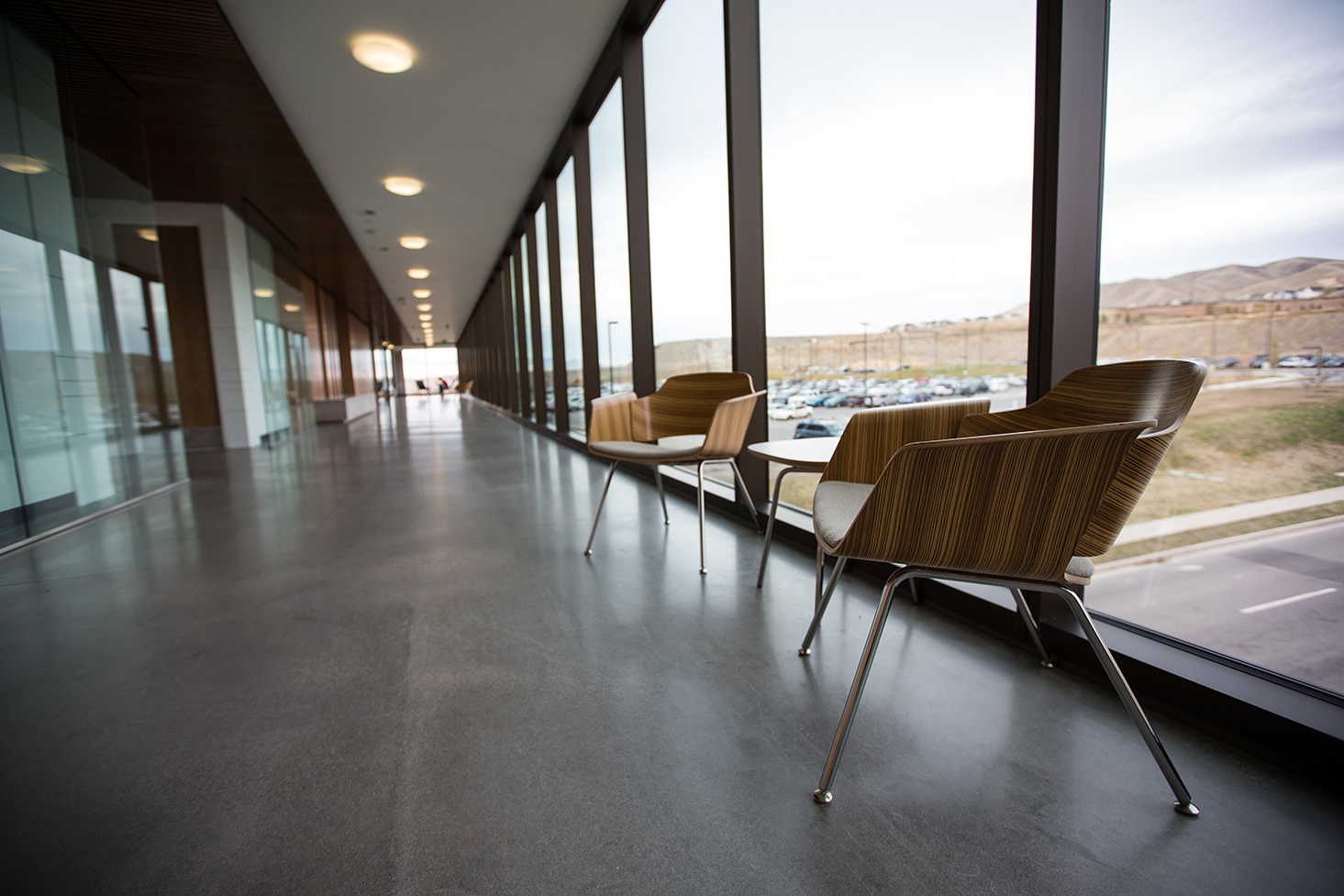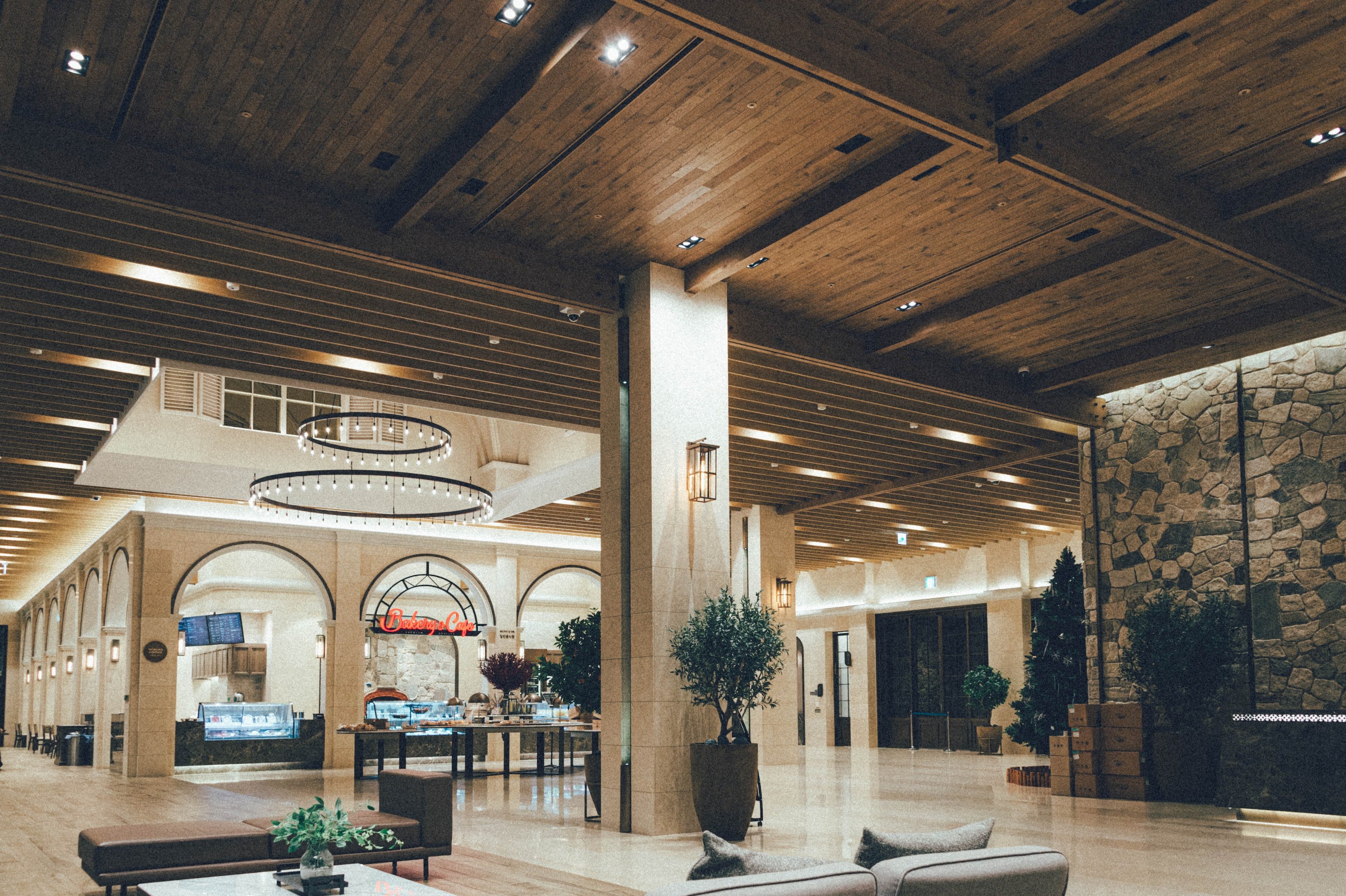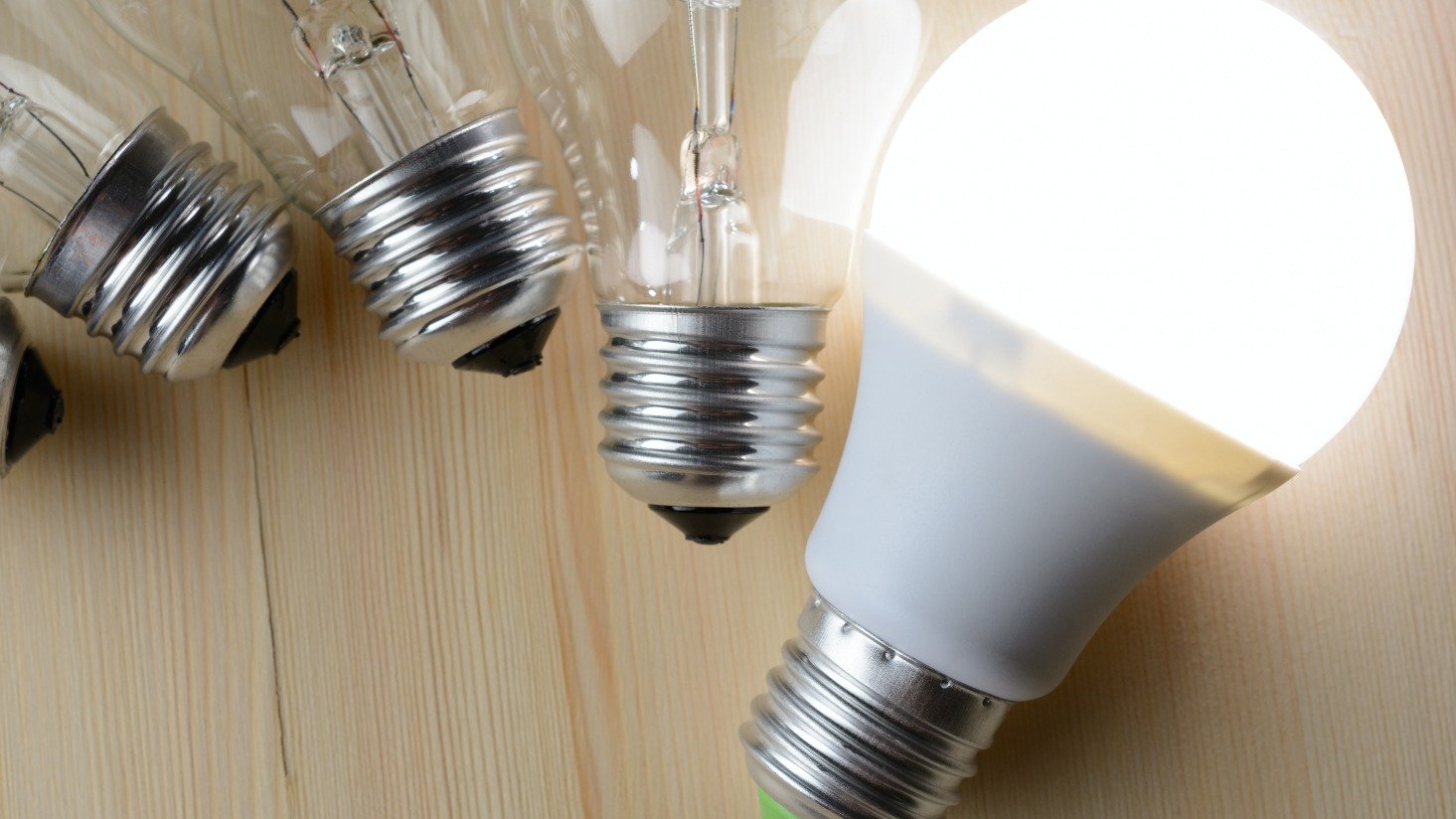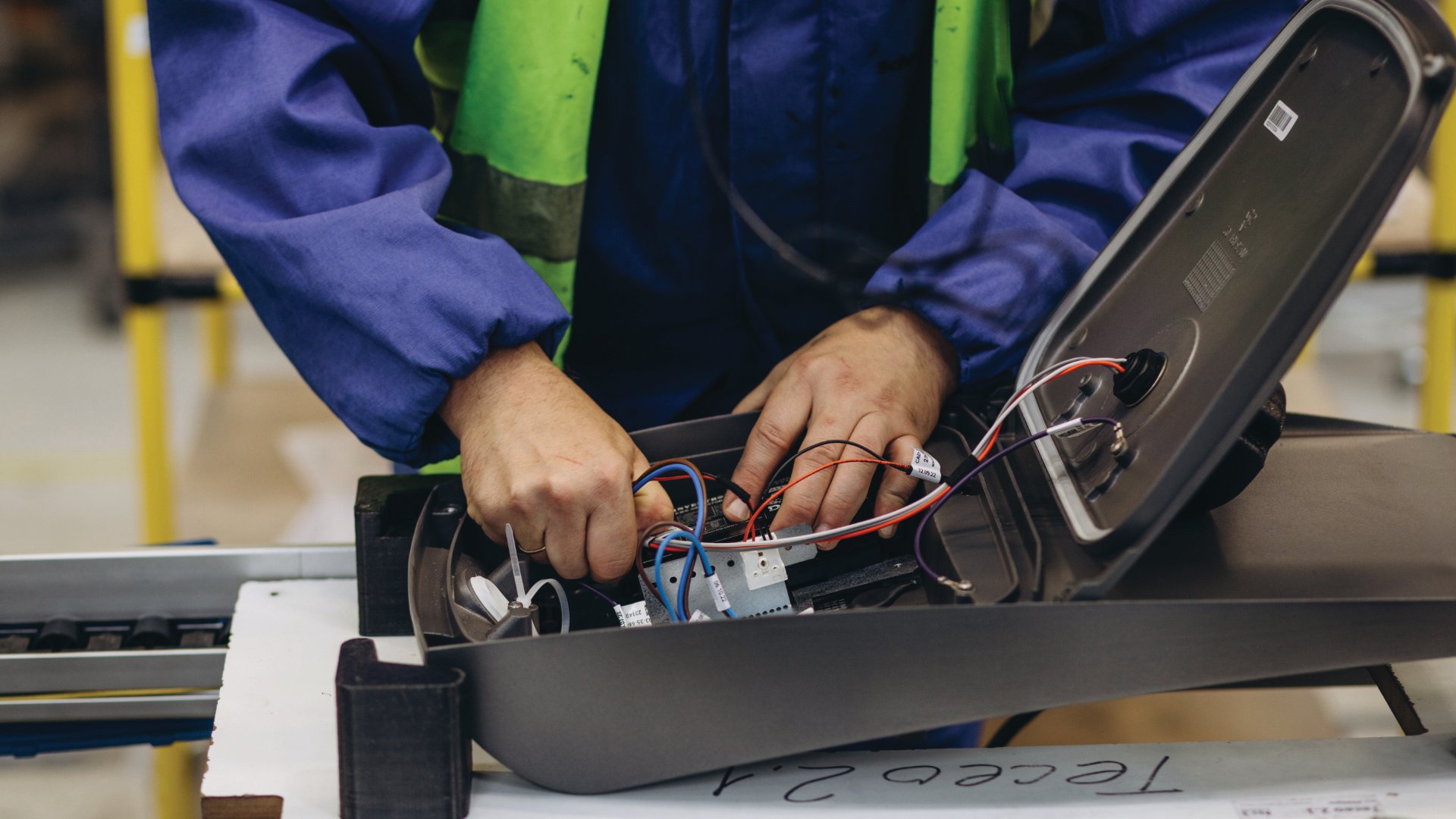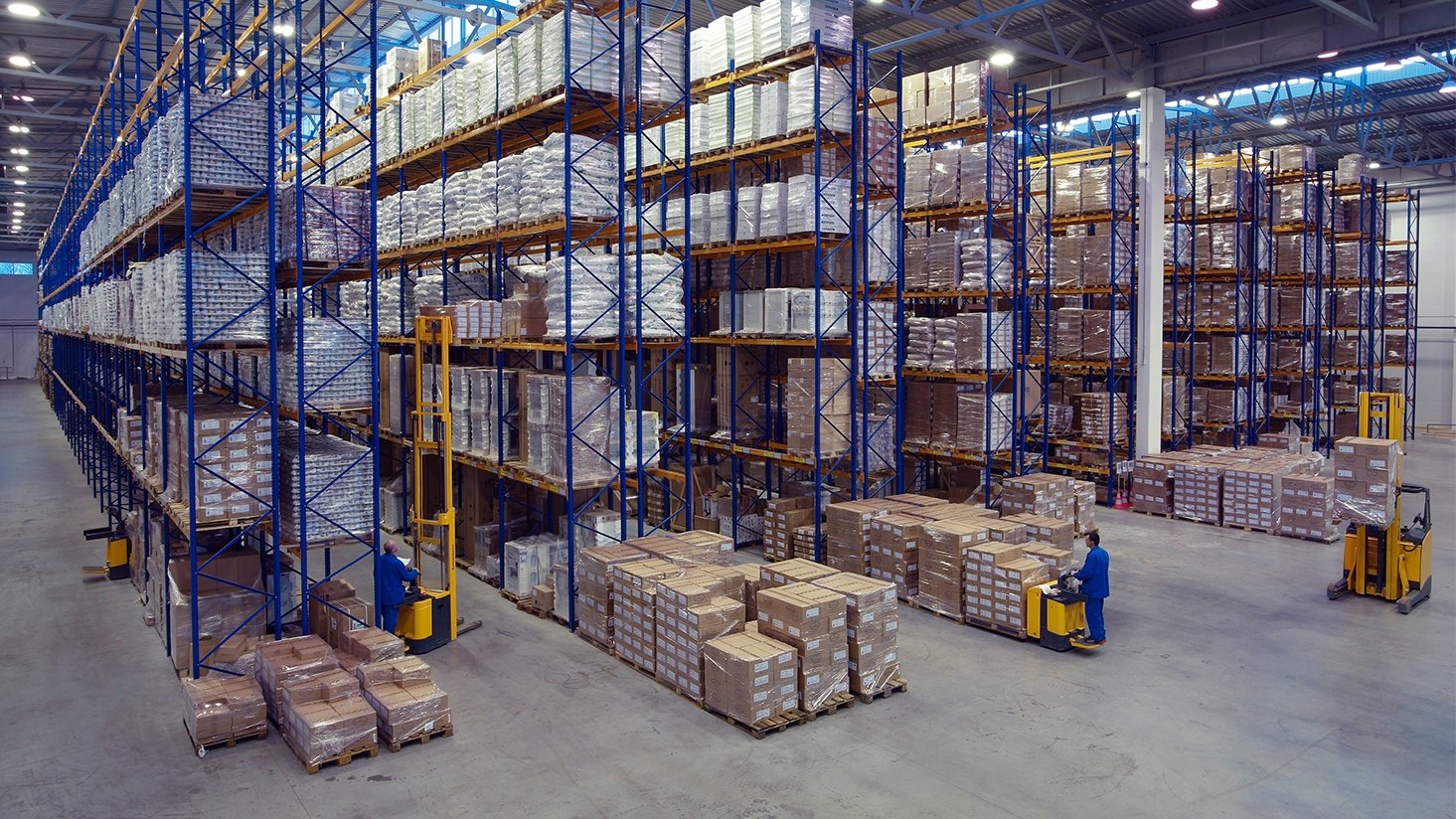How to purchase LED lighting on a tight budget

There is no other way to put it – the lighting industry is becoming increasingly complicated.
New companies continue to come onto the scene with bright LED lighting innovations and sometimes unbelievably low prices.
How do you know if that sparkly new product will actually last? And how can you pass up lower prices, especially if you’re on a tight budget to retrofit your facility? There can be hidden problems with small, international manufacturers.
We have spent decades growing and maintaining relationships with commercial lighting manufacturers, so we have a pretty good idea about how to buy commercial lighting on a budget.
Where to save vs. where to spend
Before you decide where to spend on any lighting project, there are basic factors you should consider. These are five categories that contribute to the cost of your lighting:
- Lighting energy
- HVAC energy
- Labor to maintain
- Replacement materials
- Recycling
These costs will be different based on location, but this a basic starting point to show where your money is going:
 To learn more about the lighting costs and energy usage, read here.
To learn more about the lighting costs and energy usage, read here.
The temptation to save can be huge, especially when you’re buying lighting on a budget. But prices on certain products might be too good to be true. There is a huge influx of lighting products coming in from China. In some cases, low cost equals low quality. We don’t want customers dealing with problems shortly after making a purchase.
There has to a balance between quality and price, right?
We have worked with our suppliers to address the questionably low price points offered by some unproven manufacturers. Here are some of the solutions to still deliver reliable products:
- Regional promotions
- Utility rebates
- Total cost of ownership and ROI analysis
- Lighting design consultation
- Warranty analysis
If the price is still too low to beat, we always look to our existing suppliers to see if they offer similar products at a reasonable price.
Is there a difference between name brand and off-brand lighting?
The short answer to this question is yes – but like the lighting world, it’s complicated.
When it comes to off-brand manufacturers and products, there are several things to consider.
- Is this a viable product offering?
- Does low pricing mean low quality?
- Does the new manufacturer solve a customer need?
- What’s the company’s history and longevity?
- Can the company support its warranty?
The answers to these questions will help you decide whether or not to purchase.
There are small, innovative brands that have found their niche, like Soraa. A Japanese LED expert founded the company with the goal to make interior lighting more like sunlight.
Because of their ground-breaking research and commitment to quality, we’re proud to offer their products to our clients today.
While we are open to future business and innovative products, we also want to strengthen relationships with our key strategic partners: Sylvania, Philips, and Acuity, to name a few. These partners have an established track record for serving our customers with excellence.
You want to be prepared before you do business with any lighting manufacturer. Download our checklist of questions to ask a lighting manufacturer before you make a purchase.
Balance: When level of innovation is backed by a brand
It’s easy to imagine the joy a child feels when he sees a new toy while out shopping. But we’ve all experienced the disappointment that follows when the toy breaks 15 minutes after the purchase.
We don’t want that disappointment for you.
There is an upside these low-quality manufacturers. Trusted, well-known brands are forced to compete with them, which can lead to innovative new products and lower prices for you.
For example, when LEDs first came into the lighting marketplace, they had expensive, heavy heat sinks. That was a huge part of the cost. But as other manufacturers came out with similar products and lower prices – it pushed leading manufacturers to come up with a lighter, simpler, more cost-effective solution.
Top brands will have to continue to invest in research and development to stay ahead of the curve. That means customers get more affordable options without sacrificing quality or warranty.
Sort through the chaos
The best way to sort through the chaos? Trust a lighting distributer.
The proliferation of new manufacturers means it requires vigilance and work to sift through suppliers. We want to provide the right product with a high level of expertise and service.





